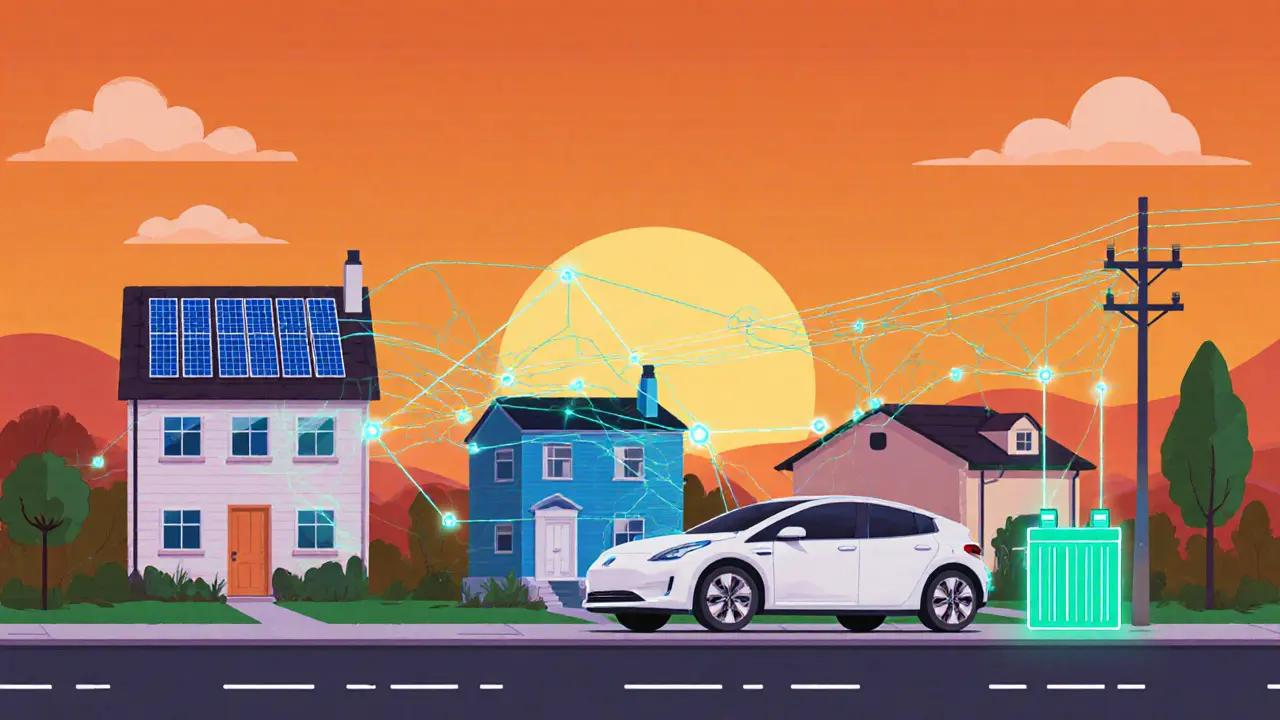Blockchain Energy: How Crypto Networks Use Power and Why It Matters
When you hear blockchain energy, the amount of electricity used by cryptocurrency networks to verify transactions and secure their ledgers. Also known as crypto power consumption, it’s not just a technical detail—it’s a make-or-break issue for the future of digital money. Bitcoin alone uses more electricity annually than entire countries like Argentina or the Netherlands. That’s not hype. It’s a fact from the Cambridge Centre for Alternative Finance. And while some say this is the price of security, others argue it’s a flaw that needs fixing.
The real story isn’t just about Bitcoin. It’s about how different blockchains solve this problem in opposite ways. Proof of work, the original method used by Bitcoin and early Ethereum, relies on miners competing with powerful computers to solve complex math puzzles. This process is energy-heavy because it’s designed to be expensive to attack but cheap to verify. On the other side, proof of stake, a newer system where validators are chosen based on how much crypto they lock up, not how much power they use. Also known as stake-based consensus, it cuts energy use by over 99%—which is why Ethereum switched in 2022 and why new chains like Solana and Cardano built it in from day one. You can’t talk about blockchain energy without comparing these two models. One is like a factory running 24/7. The other is like a digital vote.
Why does this matter to you? If you’re holding crypto, you’re indirectly supporting its energy footprint. Some coins are designed to be eco-friendly. Others? They’re not. And regulators are starting to notice. Thailand and India don’t ban crypto—but they do track its environmental impact. Meanwhile, places like Iceland and Norway are becoming crypto hubs because they have cheap, clean power. This isn’t just about ethics. It’s about survival. The crypto that wastes energy will lose trust, funding, and users. The ones that fix it will grow.
Below, you’ll find real reviews and breakdowns of exchanges, tokens, and networks that either add to the problem—or help solve it. From zero-fee DEXs running on low-power chains to airdrops tied to privacy-focused blockchains, this collection shows you where the real energy-efficient innovation is happening. No fluff. No greenwashing. Just facts about what’s actually changing in the space.
Smart Grid Management with Blockchain: How Decentralized Ledgers Are Changing Energy Distribution
Blockchain is transforming smart grid management by enabling secure peer-to-peer energy trading, eliminating double-counting of renewable credits, and improving transparency. Learn how it works, where it shines, and why it won't replace your utility.
Details +